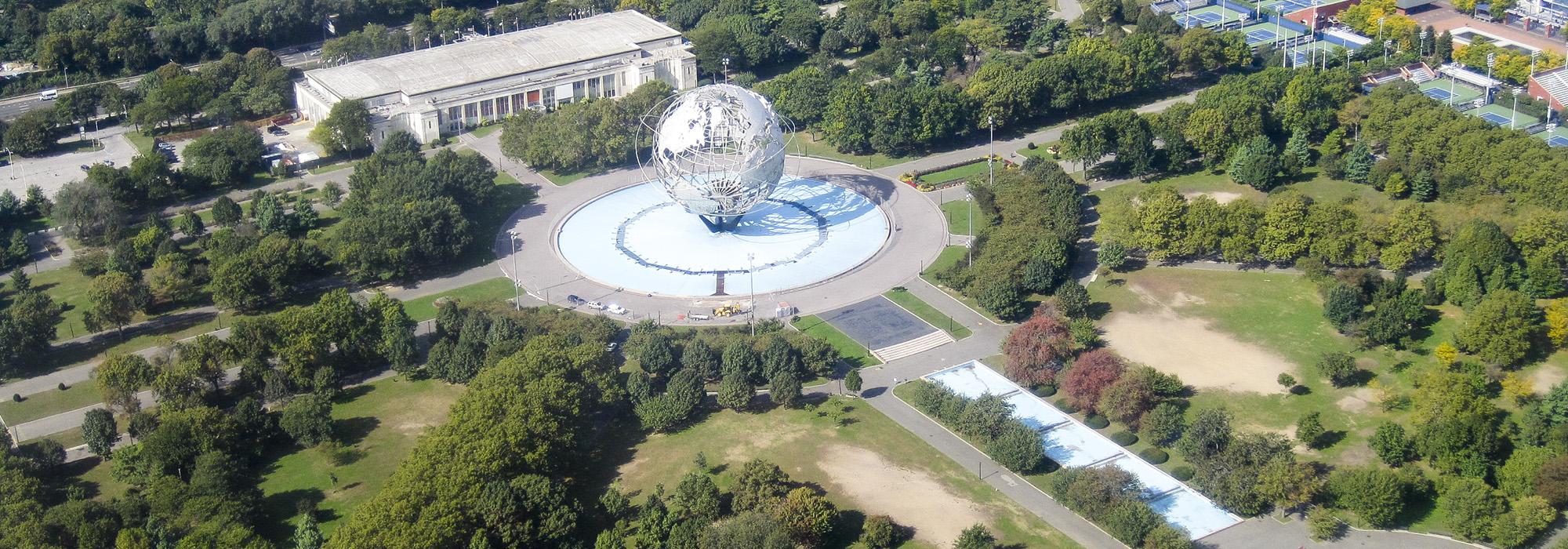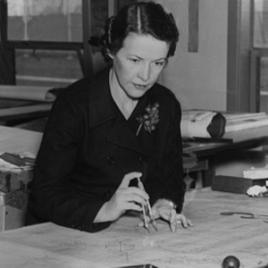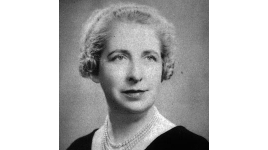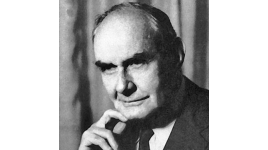Pioneer Information
A native of rural Schuylerville, New York, Bullard graduated from Cornell University with a B.S. in landscape architecture in 1918. She worked briefly for the American Locomotive Company, later becoming director of the Small Home Grounds Department at the Wagner Park Nursery Company in Sidney, Ohio, where she worked under the pseudonym Janet Brown. In 1921 Bullard became the chief plantsman and planting designer in Warren Manning’s Boston office. She went to work as an assistant to landscape architect Annette Hoyt Flanders in New York City in 1927, where Bullard supervised at least 50 men. As a result of the Great Depression, private practice declined, during which time Bullard moved to the public sector. After meeting Robert Moses, Bullard went to work for him under the supervision of Gilmore Clarke. She created the planting designs for the new Long Island parkways, and organized and oversaw the spring and summer flower bedding programs for the Long Island state parks. Bullard became Assistant Landscape Supervising Engineer for the New York City Department of Parks in 1935. She played a significant role in the creation of the Colonial Revival garden at the Morris-Jumel Mansion in Upper Manhattan, executed the design and construction of New York City’s first nature trail, designed and supervised flower-bedding programs for all five boroughs, oversaw the City flower shows, and served as one of the several landscape architects for the 1939 New York World’s Fair under Clarke. Bullard became Junior Landscape Architect for the New York State Department of Public Works in 1938, remaining there until her retirement in 1964.
Bullard lectured on city planning, housing, garden design, and gardening issues throughout her career. She died at the age of 91 in Schuylerville, New York, and was buried in Prospect Hill Cemetery in Schuylerville.








